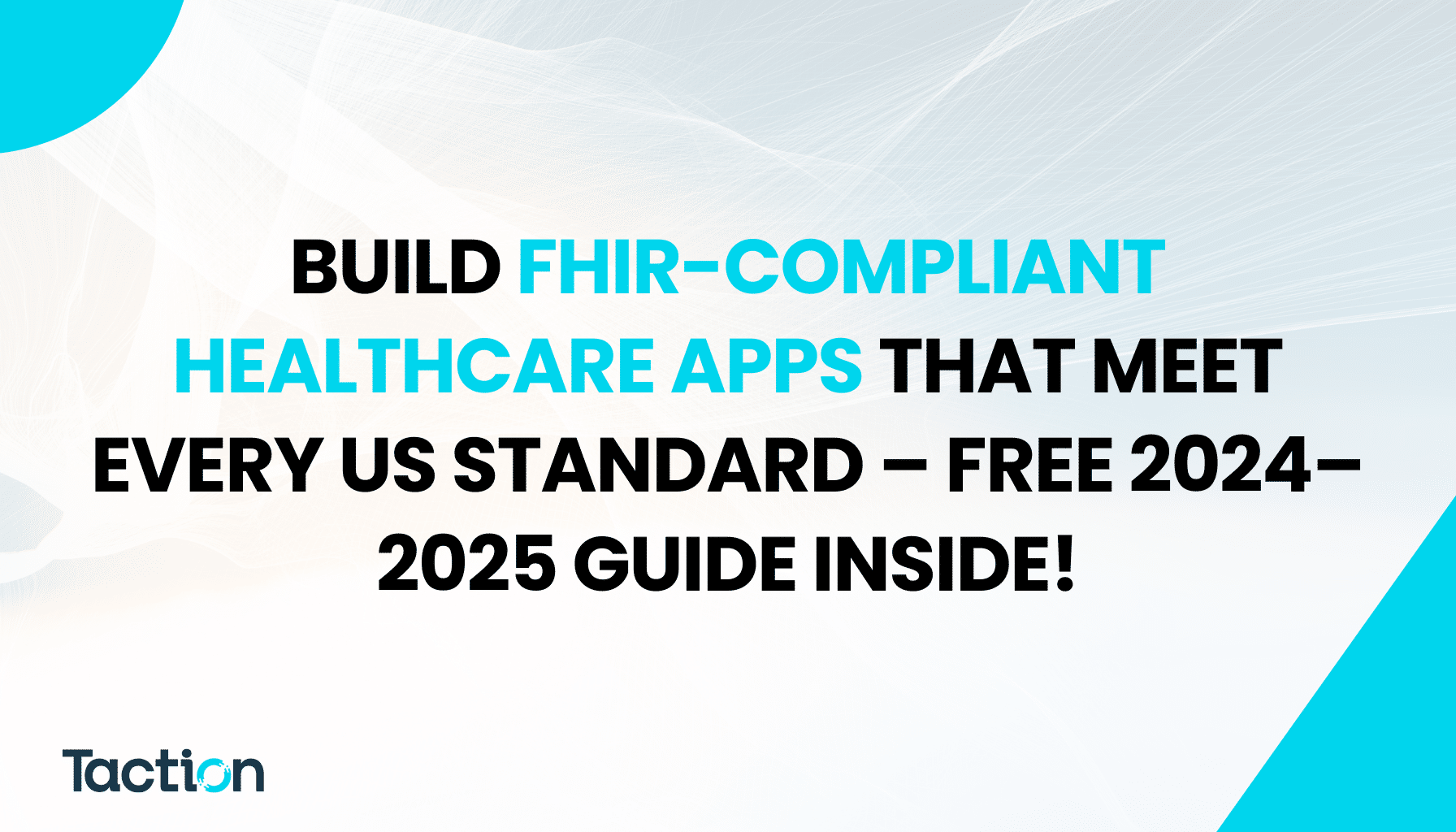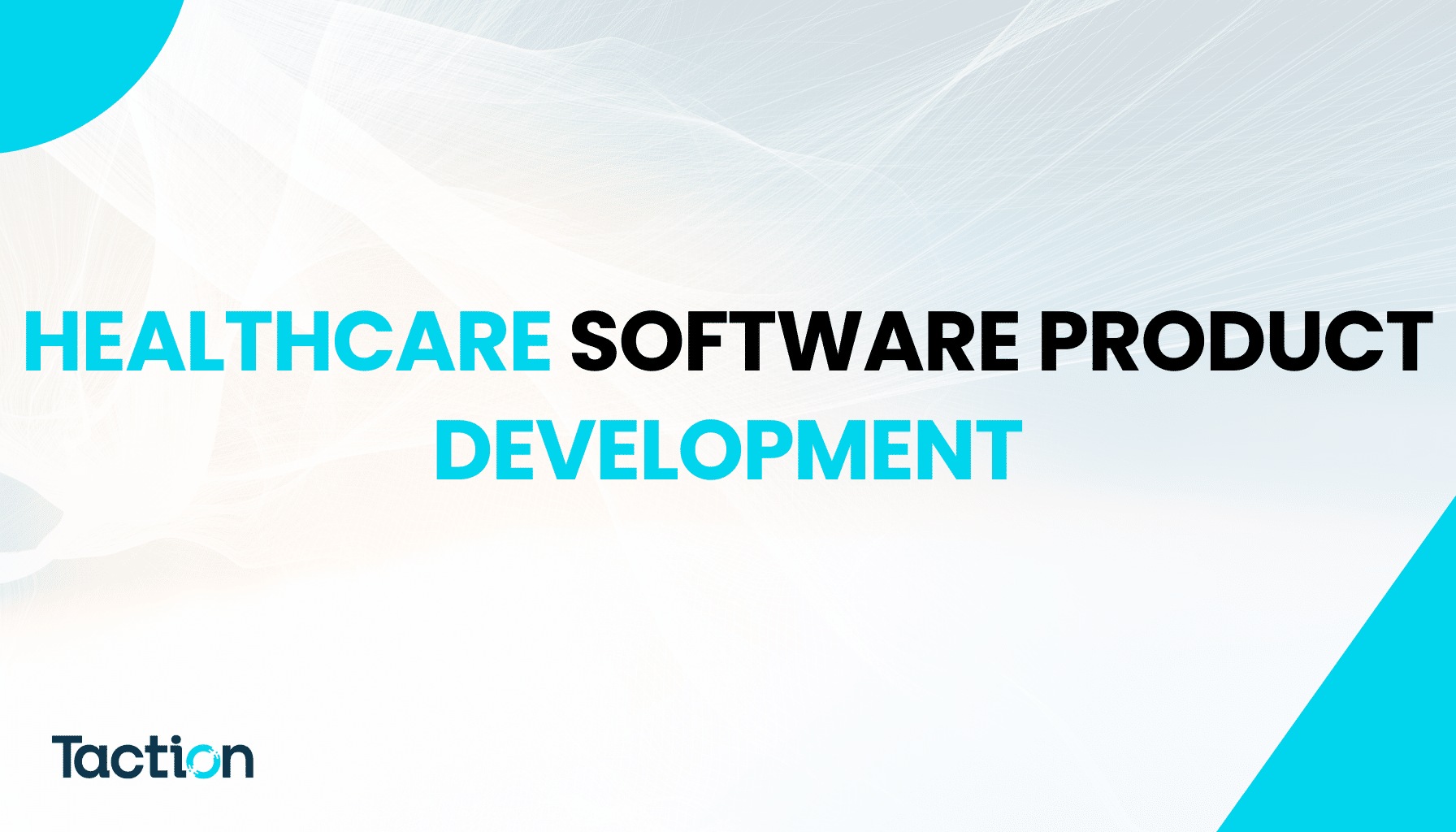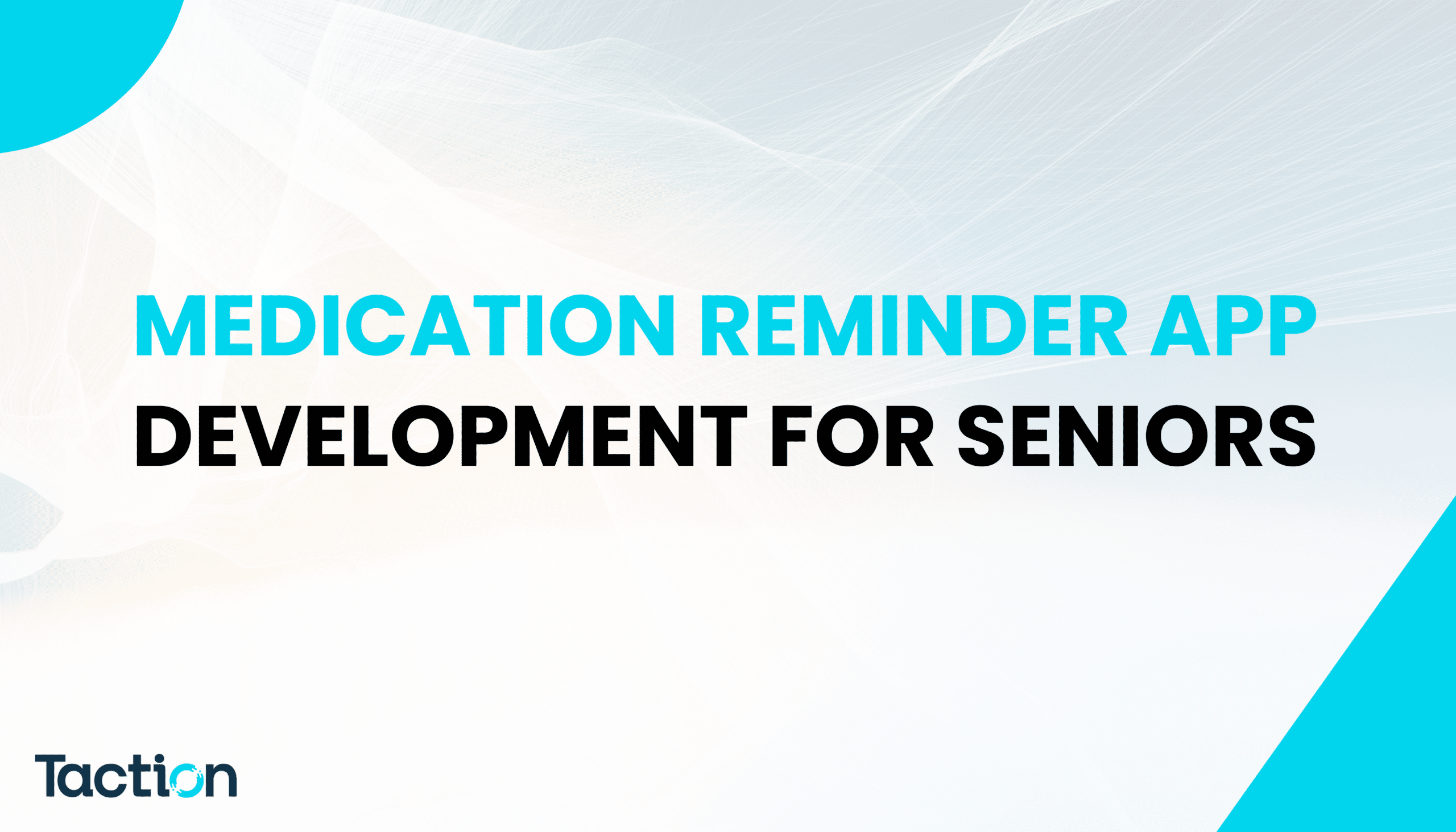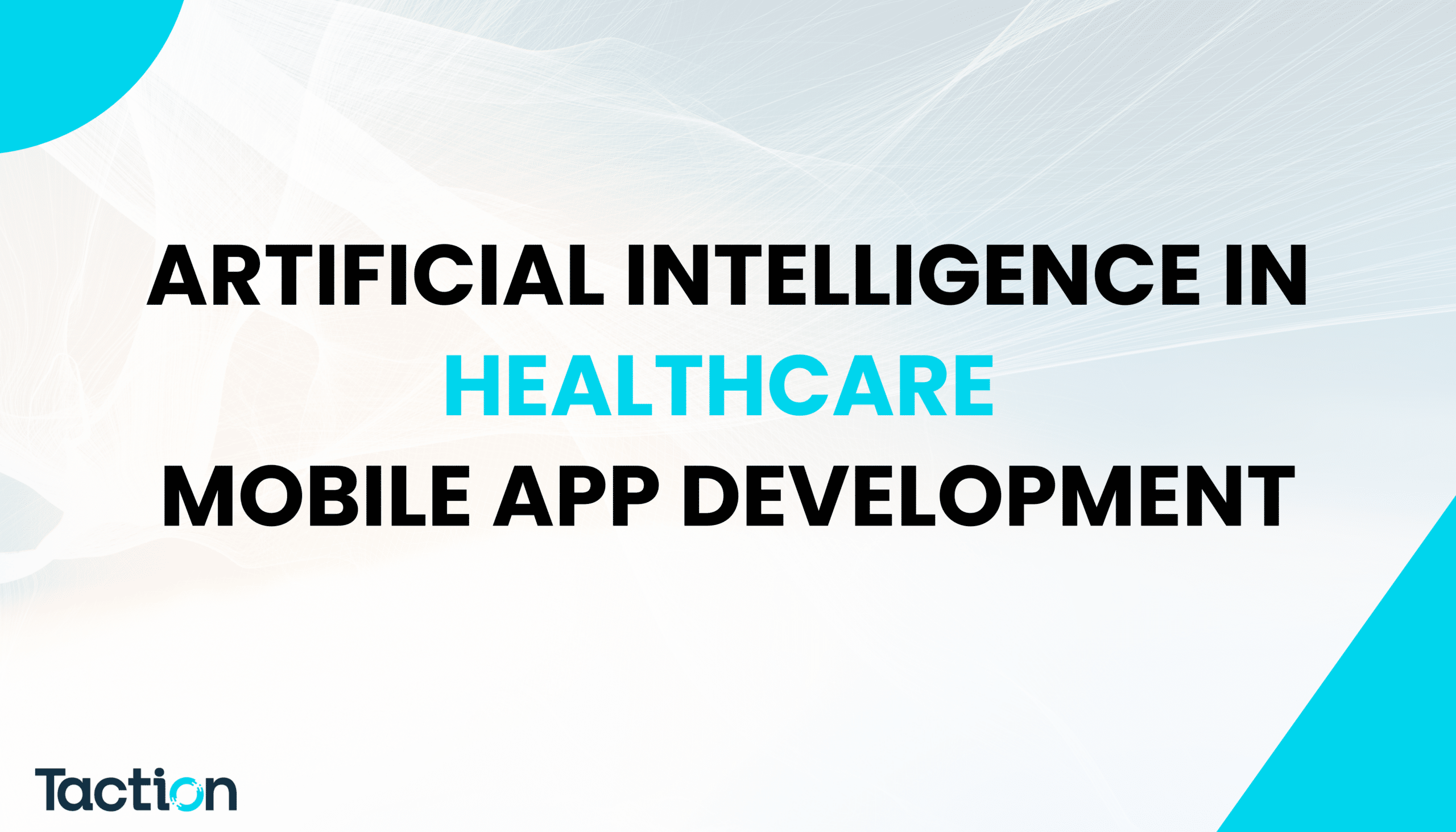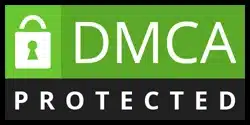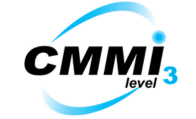Introduction to FHIR-Compliant Healthcare Applications
In the evolving landscape of US healthcare, FHIR-compliant healthcare applications are revolutionizing how patient data is exchanged, accessed, and utilized. Built on the HL7 FHIR (Fast Healthcare Interoperability Resources) standards, these applications are designed to promote secure, standardized healthcare data exchange between systems, enabling clinicians, hospitals, and patients to access the right information at the right time.
For US hospitals, FHIR-compliant apps are not just a technological upgrade—they’re a regulatory necessity. The 21st Century Cures Act and CMS interoperability rules mandate healthcare providers to adopt open, standardized APIs to eliminate information blocking and empower patient access. This makes FHIR-based healthcare systems critical for achieving nationwide EHR interoperability.
Moreover, as hospitals strive to enhance care coordination and real-time decision-making, the demand for healthcare interoperability solutions has skyrocketed. FHIR applications serve as the backbone for patient data interoperability, enabling seamless integration with existing EHR systems and other health IT platforms. These apps aren’t just compliant—they’re the foundation of future-ready, connected care ecosystems in the United States.
Why US Hospitals Need FHIR-Based Healthcare Systems
The shift toward FHIR-based healthcare systems is no longer optional—it’s foundational to meeting regulatory, clinical, and patient demands in US hospitals. Key regulations like USCDI compliance, HIPAA, and the CMS interoperability rule require healthcare organizations to adopt technologies that support seamless, secure, and standardized data exchange.
At the core of this transformation are HL7 FHIR standards, which streamline how clinical data is structured, shared, and consumed across different systems. By enabling EHR interoperability through FHIR, hospitals can eliminate data silos, reduce duplication, and make critical patient information accessible in real time—leading to faster, more informed clinical decisions.
Beyond compliance, FHIR compliance solutions are pivotal to delivering patient-centric care. They support applications that let patients access their medical records, schedule appointments, or track treatment progress—all through secure APIs. By embedding FHIR interoperability into hospital workflows, healthcare providers not only align with federal mandates but also build the foundation for a modern, connected, and outcomes-driven care model.
See how Software Engineering of America leads the future with innovation, compliance, and proven results.
Step 1 – Understand the HL7 FHIR Standards
What is HL7 FHIR?
FHIR (Fast Healthcare Interoperability Resources) is a modern data exchange standard developed by HL7 to improve how healthcare systems communicate. It uses familiar web technologies like RESTful APIs and JSON/XML to make clinical data exchange faster, more secure, and more developer-friendly.
Benefits of FHIR over Legacy Standards (e.g., HL7 v2)
Unlike older protocols like HL7 v2, which require custom interfaces and extensive mapping, FHIR is modular, flexible, and based on real-world implementation needs. It simplifies integration, reduces implementation costs, and supports real-time access to healthcare data.
FHIR defines standardized data units called Resources, which represent clinical concepts like Patient, Observation, Encounter, Medication, and more. These resources can be accessed and manipulated via a FHIR RESTful API, which behaves like a modern web service—allowing developers to easily create, read, update, or delete clinical data.
To ensure consistency across use cases, FHIR profiles for hospitals customize standard resources with required fields, terminology bindings, and validation rules—ensuring each implementation meets specific clinical and regulatory needs.
Step 2 – Define Your Use Case for FHIR App Development
Before building any FHIR-compliant healthcare app, it’s essential to define a clear use case tailored to your hospital’s operational needs and clinical goals. Common examples include clinical decision support systems that aid physicians with real-time insights, patient portals that give individuals secure access to their health records, and EHR integration services that connect siloed systems using FHIR APIs.
Your business goals should drive the architecture. Whether you aim for secure healthcare app development or seamless healthcare data exchange, every feature must align with regulatory compliance and end-user expectations. A well-defined use case ensures your application solves real-world problems—like improving care coordination, reducing administrative burden, or enabling remote monitoring.
Moreover, aligning with custom healthcare software development principles allows for a tailored solution that adapts to your specific workflows, infrastructure, and patient population. This step also lays the groundwork for choosing the right FHIR resources, security protocols, and integration strategies—making your app both usable and scalable from day one.
Step 3 – Architect Your FHIR-Compliant Application
Choose Between Cloud-Based vs On-Premise FHIR Server Implementation
A crucial architectural decision in FHIR app development is choosing the right deployment environment. Cloud-based FHIR server implementations offer scalability, lower upfront costs, and easier maintenance, making them ideal for growing hospitals and health systems. On the other hand, on-premise FHIR servers may be preferred when strict data residency, internal control, or custom infrastructure is required—especially for institutions with advanced in-house IT teams.
Key Considerations for Healthcare Cloud Computing
When opting for the cloud, ensure your provider complies with HIPAA, supports FHIR RESTful APIs, and provides high-availability architecture. Popular choices include AWS HealthLake, Microsoft Azure API for FHIR, and Google Cloud Healthcare API. These platforms enable enterprise healthcare solutions to run securely and efficiently at scale.
Whether in the cloud or on-premise, building a FHIR-based healthcare system means establishing a compliant, modular backend. Your FHIR server must support core resources like Patient, Observation, and Encounter, along with robust authentication, error handling, and versioning. Through precise FHIR API development, you enable consistent and secure data access across departments, partners, and third-party apps—making your architecture not just compliant, but truly interoperable and future-proof.
How to Develop Medical Software: Step-by-Step Guide by Healthcare IT Experts
Step 4 – Ensure Healthcare App Compliance
Align with HIPAA, CMS, and the 21st Century Cures Act
To be viable in the US healthcare market, every FHIR-based application must adhere to strict compliance frameworks. At a minimum, this includes HIPAA-compliant app development practices to safeguard Protected Health Information (PHI), and alignment with CMS interoperability rules and the 21st Century Cures Act, which mandate open access to patient data via standardized APIs.
Validate with HL7 Standards Compliance Tools
To meet these regulatory expectations, your application must pass technical and procedural checks using HL7 standards compliance tools like Inferno and Touchstone. These tools test your FHIR server’s conformance to required resource structure, behavior, and terminology.
Equally important is implementing secure, standards-based authentication. Using SMART on FHIR, along with OAuth2 for FHIR and OpenID Connect in healthcare, allows you to manage secure user identity and authorization—ensuring that only the right individuals access sensitive data. These protocols not only ensure security but are now expected by most EHR vendors and government APIs.
By embedding compliance from day one, your app avoids regulatory risk, builds trust, and meets the interoperability mandates essential for today’s healthcare API development services.
Step 5 – Build Secure Authentication & Authorization Workflows
In any FHIR-compliant healthcare app, safeguarding access to sensitive patient data is non-negotiable. That’s where OAuth2 for FHIR and OpenID Connect play a vital role. These industry-standard protocols are specifically designed for secure, scalable authentication and authorization in healthcare environments. They ensure that only verified users—whether patients, clinicians, or third-party apps—can access or modify data through your FHIR APIs.
Security isn’t just about access—it’s about consent. Your system should be able to map patient consents, user roles, and data-sharing permissions dynamically. This ensures compliance with both HIPAA and the 21st Century Cures Act, while also strengthening your overall healthcare data security solutions. By integrating granular role-based access control, token expiration policies, and audit trails, your app not only becomes secure—it becomes trusted.
Implementing robust authentication workflows lays the foundation for all other layers of your FHIR-based healthcare system, supporting secure data exchange, EHR integration, and future interoperability enhancements.
Step 6 – Integrate with EHR Systems Using FHIR
EHR integration with FHIR is at the heart of modern hospital interoperability. FHIR simplifies how disparate electronic health record systems communicate by using standardized resources and a RESTful API architecture. This eliminates the need for custom point-to-point interfaces and dramatically speeds up integration timelines.
For US hospitals, real-world use cases for EHR integration services include connecting lab systems, radiology platforms, patient portals, and even external health information exchanges (HIEs). Seamless integration means clinicians can access a complete view of the patient’s history, regardless of which system originally captured the data.
Using FHIR interoperability standards, developers can expose consistent APIs for Patient, Observation, Condition, and Medication resources, among others. These APIs become the backbone of healthcare API integration, enabling smooth data exchange across multiple stakeholders—care teams, payers, pharmacies, and more.
With FHIR, integration isn’t just about connectivity—it’s about enabling smarter workflows, real-time decision-making, and higher-quality care delivery through unified data.
Step 7 – Develop Patient-Centric UX for FHIR Apps
Successful US hospital app development isn’t just about backend integration—it’s about creating intuitive, secure, and accessible experiences for patients. A FHIR-compliant healthcare app should prioritize a user interface (UI) that makes complex health data clear, actionable, and easy to navigate for both patients and clinicians.
By leveraging FHIR resources like Patient, Appointment, and Observation, developers can present real-time medical data—such as lab results or medication schedules—in a user-friendly format. Ensuring patient data interoperability also means enabling patients to access their records from multiple EHRs, all within one unified dashboard.
Examples of modern custom healthcare mobile apps built with FHIR include patient portals for scheduling and secure messaging, chronic condition trackers, and mobile health record apps that sync data from hospital systems and wearables. A clear, responsive, and secure UX not only enhances engagement—it builds trust and compliance, especially in mobile-first healthcare settings.
Step 8 – Testing and Validating FHIR Implementations
Unit, Integration, and Interoperability Testing
Before deploying a FHIR-based healthcare system, thorough testing is essential to ensure stability, interoperability, and compliance. Start with unit tests to validate individual components like API endpoints or resource formatting. Then proceed to integration testing—ensuring your FHIR server communicates effectively with EHRs, patient portals, and third-party tools. Finally, run end-to-end interoperability tests that mimic real-world healthcare data exchange.
Using FHIR Validators and Reference Servers
To validate against HL7 specifications, developers can use tools like the Inferno testing suite (developed by ONC for US Core compliance), the HAPI FHIR validator, or the Touchstone testing platform. These tools test whether your implementation meets the structure, constraints, and behavior expected of FHIR resources.
For US hospitals, it’s critical to ensure full coverage of core FHIR resources for hospitals—such as Patient, Encounter, Observation, Condition, and Medication. Automated testing ensures your application not only works as intended but also meets the requirements for integration, certification, and long-term maintainability in clinical settings.
Step 9 – Optimize for Scalability and Future-Proofing
Building a successful FHIR-compliant healthcare app doesn’t stop at launch—it must be scalable, adaptable, and future-ready. Using cloud-based FHIR solutions allows hospitals to scale securely and cost-effectively, accommodating growing data volumes, user traffic, and new features without disrupting care delivery.
As FHIR implementation guides and HL7 standards evolve, your architecture should be flexible enough to adopt new resource profiles, extensions, and terminologies. This ensures your system remains compliant with emerging regulations like future USCDI versions and updates from the CMS interoperability rule.
Additionally, by supporting remote updates, modular deployments, and continuous integration pipelines, you can push improvements and security patches without interrupting clinical operations. Partnering with expert teams for healthcare API development services ensures your app stays aligned with interoperability goals, compliance requirements, and modern care delivery models—keeping your digital infrastructure one step ahead.
Ultimate Step-by-Step Guide to Blockchain Technology for Secure Healthcare Software Solutions
Step 10 – Deployment, Monitoring, and Continuous Compliance
Deploying your FHIR-compliant healthcare application requires a secure, reliable infrastructure that supports healthcare-grade performance and compliance. Leading cloud platforms like AWS, Azure, and GCP offer HIPAA-eligible services and managed FHIR API hosting, making them top choices for US hospital app development.
Once deployed, integration with real-time logging and monitoring tools is critical. These systems track performance, detect anomalies, and provide visibility into data flow—essential for maintaining healthcare data security solutions and operational uptime. Additionally, compliance dashboards help ensure continuous alignment with regulations like CMS interoperability rules and USCDI updates.
Healthcare is a dynamic landscape, and your app must evolve with it. By automating updates, auditing access logs, and validating against the latest FHIR implementation guides, you ensure ongoing trust, performance, and regulatory adherence—positioning your solution as a reliable, long-term asset in your digital health strategy.
Real-World Use Case: How a US Hospital Benefited from FHIR App Development
A regional hospital in the United States partnered with our team at Taction Software to modernize its patient data exchange system. Faced with challenges around EHR interoperability, fragmented APIs, and compliance risks, the hospital needed a secure, scalable, and standards-aligned solution.
Leveraging over 20 years of healthcare IT consulting experience, our team developed a custom FHIR-compliant healthcare application integrated with the hospital’s existing EHR infrastructure. Using a cloud-based FHIR server, SMART on FHIR authentication, and modular API architecture, the system was designed to meet HIPAA requirements, align with USCDI compliance, and fulfill CMS interoperability rules.
Post-deployment, the hospital reported a 45% reduction in manual data handling, faster patient onboarding through interoperable patient records, and successful validation through HL7 compliance tools. The system’s scalable backend allowed for smooth adoption across departments, with support for real-time updates and future FHIR implementation guide changes.
This success story highlights how our deep domain expertise turns compliance challenges into innovation opportunities—building FHIR-based healthcare systems that perform and scale.
📘 Download Your Free FHIR App Development Checklist
Ready to turn your FHIR strategy into action? Download our free PDF guide—“Your 2024–2025 FHIR Implementation Checklist”—created by top healthcare IT experts with 20+ years of experience.
This practical, high-impact checklist covers everything you need to ensure a successful launch:
✅ Regulatory compliance (HIPAA, CMS, USCDI)
✅ FHIR resource and data mapping
✅ Secure architecture and access controls
✅ API development and integration
✅ Testing, validation, and deployment readiness
Whether you’re building from scratch or modernizing an existing system, this checklist will guide your team through every critical milestone.
Final Thoughts: Future of FHIR in the US Healthcare Ecosystem
As the US healthcare system accelerates toward digital maturity, FHIR app development for hospitals will become a cornerstone of patient-centric, data-driven care. With growing demands for real-time access, remote monitoring, and intelligent automation, future apps will increasingly rely on FHIR compliance solutions to integrate advanced technologies like AI, wearables, and clinical decision support.
Upcoming updates to HL7 FHIR standards, evolving USCDI requirements, and broader adoption of cloud-based FHIR solutions will shape the next generation of healthcare applications. Staying ahead means not just following regulations—but architecting solutions that are flexible, secure, and future-ready.
Whether you’re planning your first FHIR app or scaling your existing ecosystem, our experts at Taction Software are here to help. With over 20 years of experience in healthcare IT consulting, we turn complexity into clarity—ensuring your vision is delivered with compliance, innovation, and impact
FAQs
A FHIR-compliant healthcare application uses HL7’s Fast Healthcare Interoperability Resources (FHIR) standard to exchange patient data securely and efficiently across healthcare systems, supporting interoperability and compliance with US regulations.
FHIR helps US hospitals meet interoperability mandates from the 21st Century Cures Act and CMS, enabling seamless EHR integration, patient data sharing, and improved care coordination while staying HIPAA-compliant.
You must implement secure authentication (OAuth2, OpenID Connect), use validated FHIR profiles, and follow HL7, USCDI, and CMS interoperability guidelines—all of which are covered in our free step-by-step guide.
Cloud-based FHIR servers offer easier scalability, faster deployment, and automated compliance updates, making them ideal for hospitals looking to build secure and future-ready healthcare applications.
Yes, FHIR is designed for seamless integration with major EHR platforms using standardized APIs and resources. Our guide explains how to implement this step-by-step.

